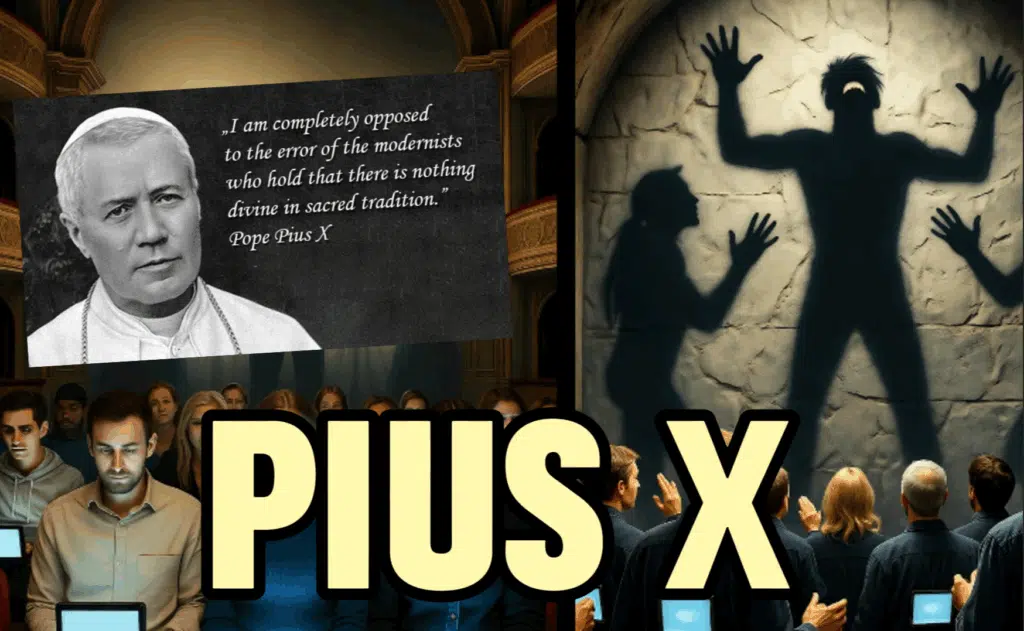
A Well-Deserved Honor for ‘America’s Pastor’
The Devil made great advances in the 20th century, from the increase in abortion after Roe v. Wade to the great secularization of America’s public institutions, which seem increasingly hostile to the truth of the Gospel. Yet the Holy Spirit moved through one man perhaps more than any other to enliven the American church during that pivotal century, and this week, his likeness will grace the halls of the U.S. Capitol.
Each of the 50 states in the union sends two statues to the Capitol’s Statuary Hall Collection, to represent the pride each state takes in its historic figures. North Carolina will rightly retire the statue of segregationist Democratic Gov. Charles Brantley Aycock and replace it with the likeness of the evangelist Billy Graham. Sen. Ted Budd, R-N.C., played a pivotal role in the effort, and then-Gov. Pat McCrory, a Republican, signed a bill in 2015 to place the Graham statue in the Capitol.
The base of the statue will include a brief summary of the Gospel, the well-known passage John 3:16: “For God so loved the world that he gave his only son, that whoever believes in him should not perish but have eternal life.” It will also include John 14:6, where Jesus declares, “I am the way, and the truth, and the life. No one comes to the father except through me.”
Graham staged more than 400 “Crusades,” televised events, and evangelistic rallies in more than 185 countries and territories, and the Billy Graham Evangelistic Association credits him with preaching the Gospel to an estimated 215 million people. Born before World War I ended, he lived until 2018—nine months shy of his 100th birthday. He prayed with every president from Harry Truman to Barack Obama.
Graham’s son, Franklin, carries on the tradition as president and CEO of the Billy Graham Evangelistic Association. Franklin Graham also leads Samaritan’s Purse, a global charity that delivers aid in the wake of disasters and sends Christmas presents in shoeboxes around the world.
“I have one message—that Jesus Christ came, he died on a cross, he rose again, and he asked us to repent of our sins and receive him by faith as Lord and Savior, and if we do, we have forgiveness of all of our sins,” Graham said at his final “crusade” in June 2005 at Flushing Meadows Corona Park in New York.
Students of American history learn about periods known as the first and second “Great Awakenings,” where preachers such as George Whitfield and Jonathan Edwards brought the Gospel to life, inspiring America to turn to God and preparing the country for great periods of turmoil, such as the American Revolution and the Civil War. Graham filled this role for modern America, bringing Christianity to life in an increasingly secular age.
Most American Christians today are indebted to Billy Graham, even if they never attended a crusade.
My mother, whose faith inspired my own, came forward during a Billy Graham crusade and accepted Jesus.
As a cub reporter at The Christian Post, I had the pleasure of speaking with Hanspeter Nuesch, who wrote a book about the lifelong love between Graham and his wife, Ruth. I had just gotten engaged at the time, and the lessons stuck in my head. He said Graham’s humility, the couple’s authenticity and constant prayer, their devotion to scripture and their trust in God made for a lasting and fruitful marriage.
“Ruth played an important rule in his ministry. She was his life partner in everything,” Nuesch said.
He also explained that Billy Graham, who was still alive at the time, “is so modest, always humble, he always gives glory to other people or to the Lord. He never speaks about himself highly.”
I had always thought of “revivals” as intense spiritual experiences, and prayed that America would experience a revival similar to the Great Awakening. Graham’s short and convicting book, “The Holy Spirit: Activating God’s Power in Your Life,” changed my mind, however. By zeroing in on the Bible passages about the Holy Spirit, Graham persuaded me that what we consider “revival” is a thin echo of God’s vision for the church. If we are fully committed to the Gospel and the Holy Spirit, the short bursts of enthusiasm we call “revival” should be the normal state of the church.
Graham passed away in 2018, and I was privileged to join the hours-long line at the Capitol to see him lying in state. From Thursday on, visitors who never had the chance to see him in person can see a statue commemorating this giant of evangelism in the halls of Congress. As in life, his likeness there will never fail to preach the Gospel.


